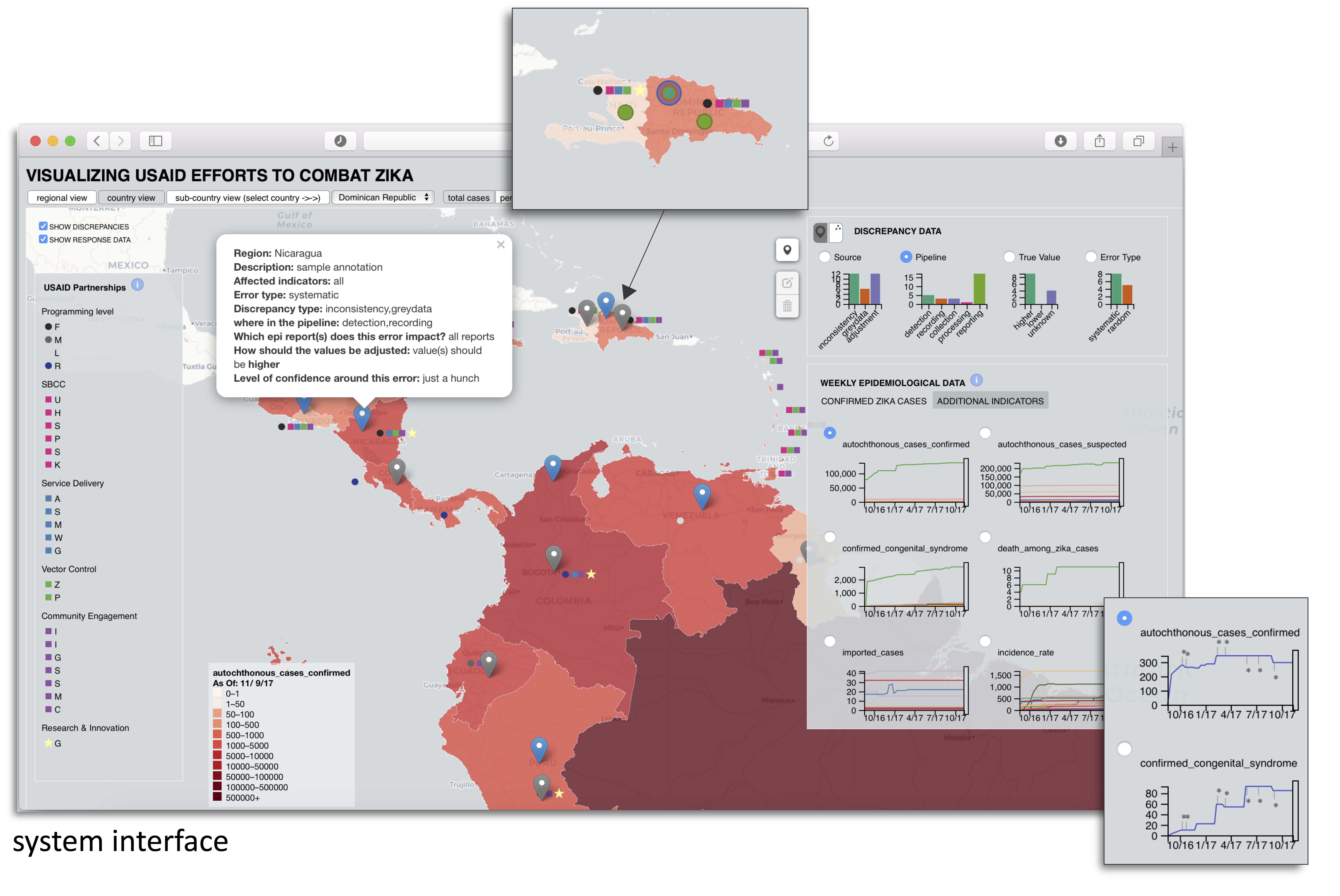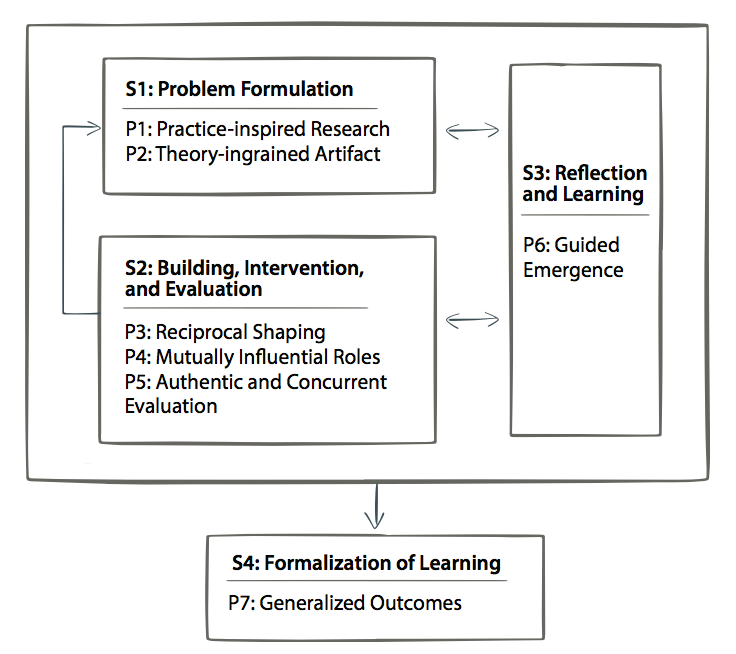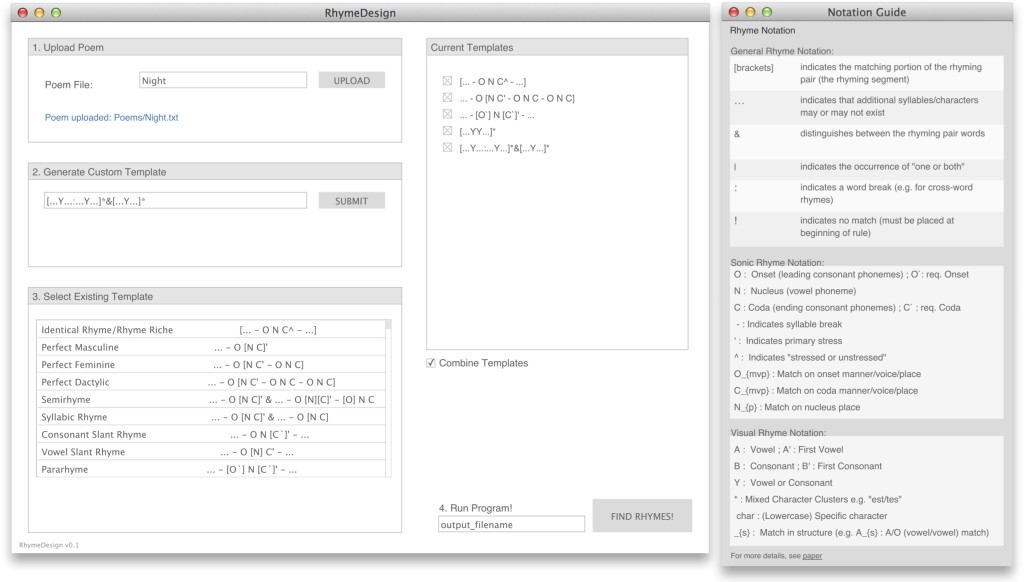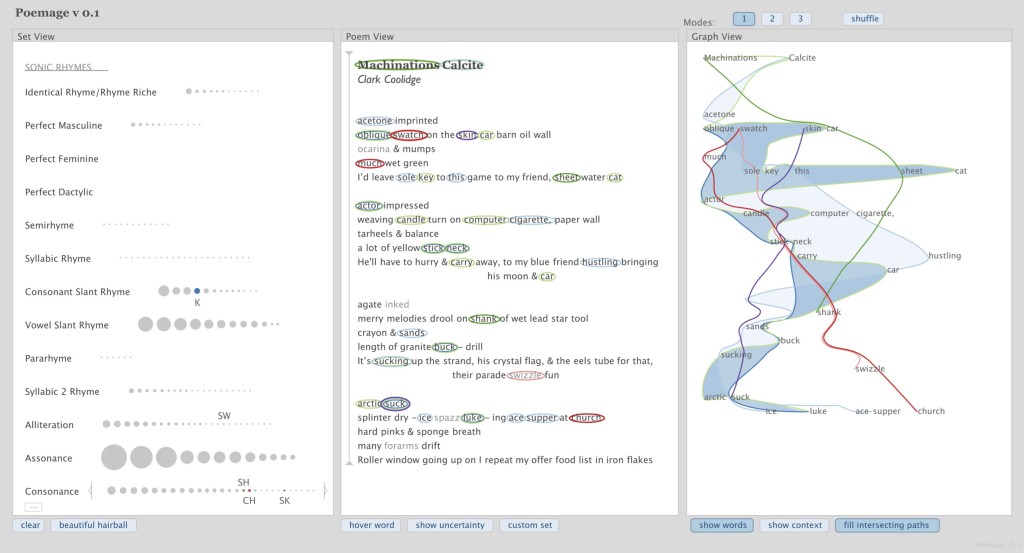Research
last updated 11/2018.
I am pursuing a PhD in computing with a focus on computer graphics and visualization. I am primarily interested in developing visualization tools to help scientists and scholars answer their big research questions and better understand their data. My PhD Advisor is Miriah Meyer. Brief summaries of my research projects are provided below.
A Framework for Externalizing Implicit Error Using Visualization
McCurdy, Nina, Julie Gerdes, and Miriah Meyer.
IEEE Transactions on Visualization and Computer Graphics (InfoVis’18), vol. 25, no. 1, 2019.

Framework proof of concept
[Abstract] This paper presents a framework for externalizing and analyzing expert knowledge about discrepancies in data through the use of visualization. Grounded in an 18-month design study with global health experts, the framework formalizes the notion of data discrepancies as implicit error, both in global health data and more broadly. We use the term implicit error to describe measurement error that is inherent to and pervasive throughout a dataset, but that isn’t explicitly accounted for or defined. Instead, implicit error exists in the minds of experts, is mainly qualitative, and is accounted for subjectively during expert interpretation of the data. Externalizing knowledge surrounding implicit error can assist in synchronizing, validating, and enhancing interpretation, and can inform error analysis and mitigation. The framework consists of a description of implicit error components that are important for downstream analysis, along with a process model for externalizing and analyzing implicit error using visualization. As a second contribution, we provide a rich, reflective, and verifiable description of our research process as an exemplar summary toward the ongoing inquiry into ways of increasing the validity and transferability of design study research. For more information, please visit
http://bit.ly/IEFramework
[pdf] [IEEE VIS'18 paper presentation]
Action Design Research and Visualization Design
McCurdy, Nina, Jason Dykes, and Miriah Meyer.
Proceedings of the Sixth Workshop on Beyond Time and Errors on Novel Evaluation Methods for Visualization (BELIV’16), pp. 10-18, 2016.

Overview of ADR stages and principles
[Abstract] In applied visualization research, artifacts are shaped by a series of small design decisions, many of which are evaluated quickly and informally via methods that often go unreported and unverified. Such design decisions are influenced not only by visualization theory, but also by the people and context of the research. While existing applied visualization models support a level of reliability throughout the design process, they fail to explicitly address the influence of the research context in shaping the resulting design artifacts. In this work we look to action design research (ADR) for insight into this gap. In particular, ADR offers a framework along with a set of guiding principles for navigating and capitalizing on the disruptive, subjective, human-centered nature of applied design research, while aiming to ensure reliability of the process and design. We explore the utility of ADR in increasing reliability of applied visualization design research by: describing ADR in the language and constructs developed within the visualization community; comparing ADR to existing visualization methodologies; and analyzing a recent design study retrospectively through the lens of ADR’s framework and principles.
[pdf]
The following projects are the result of an ongoing collaboration with several Poetry scholars at the University of Utah, developing visualization systems in support of the close reading of poetry
RhymeDesign: A Tool for Analyzing Sonic Devices in Poetry
McCurdy, Nina, Vivek Srikumar, and Miriah Meyer.
Proceedings of NAACL-HLT Fourth Workshop on Computational Linguistics for Literature, pp. 12-22, 2015.

RhymeDesign Interface
[Abstract] The analysis of sound and sonic devices in poetry is the focus of much poetic scholarship, and poetry scholars are becoming increasingly interested in the role that computation might play in their research. Since the nature of such sonic analysis is unique, the associated tasks are not supported by standard text analysis techniques. We introduce a formalism for analyzing sonic devices in poetry. In addition, we present RhymeDesign, an open-source implementation of our formalism, through which poets and poetry scholars can explore their individual notion of rhyme. For more information, please visit
RhymeDesign.org
[pdf]
Poemage: Visualizing the Sonic Topology of a Poem
McCurdy, Nina, Julie Lein, Katharine Coles, Miriah Meyer.
IEEE Transactions on Visualization and Computer Graphics (Proceedings of InfoVis 2015), vol. 22, no. 1, pp. 439-448, 2016.

Poemage Interface
[Abstract] The digital humanities have experienced tremendous growth within the last decade. The majority of success and development within the field has been in the context of developing computational tools that support what is called distant reading — collecting and analyzing huge amounts of textual data for synoptic evaluation. On the other end of the spectrum is close reading — the careful, in-depth analysis of a single text in order to extract and engage as much productive meaning as possible. The true value of computation to close reading is still very much an open question. During a two year design study we explored this question with several poetry scholars, focusing on an investigation of sound and linguistic devices in poetry. The contributions of our design study include a problem characterization and data abstraction of the use of sound in poetry, as well as Poemage, a visualization tool for interactively exploring the sonic topology of a poem. The design of Poemage was grounded in an evaluation of a series of technology probes we deployed to our poetry collaborators, and we validate the final design with several case studies that illustrate the disruptive impact technology can have on poetry scholarship. Finally, we also contribute a reflection on the challenges we faced conducting visualization research in literary studies. For more information, please visit
Poemage.org
[pdf] [IEEE VIS'15 paper presentation]



